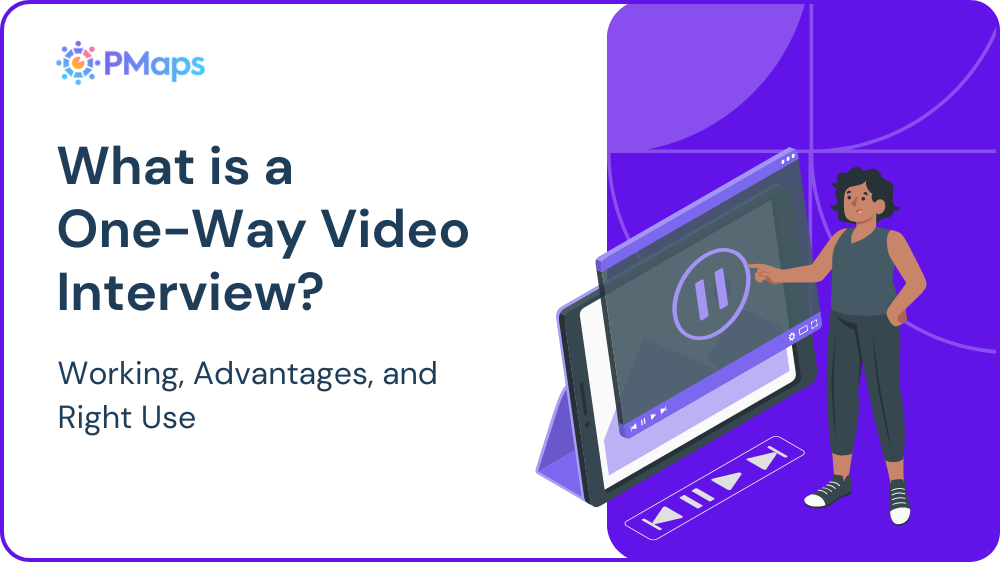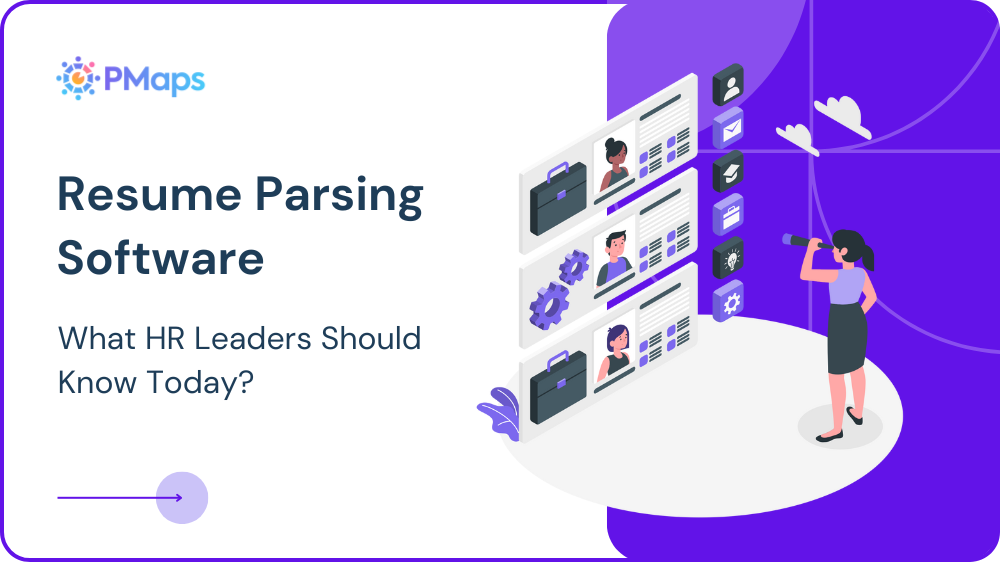
Hiring today demands speed, structure, and smarter screening tools. Traditional interviews, while valuable, often slow down the recruitment cycle, especially in high-volume or remote hiring scenarios. That's where one way video interviewing is making a mark.
It offers a structured and scalable way for recruiters to screen candidates without the scheduling hassle. In this blog, we explain what one-way interviews are, how they work, and why they’re becoming essential in modern recruitment.
What is a One-Way Video Interview?
A one way video interview, also known as a one way digital interview or asynchronous video interview, allows candidates to record responses to predefined questions at their convenience. There’s no live interaction involved. Recruiters later review these responses and assess candidate suitability based on pre-decided criteria.
Unlike a live video interview where both parties interact in real-time, one way job interviews are designed for flexibility and consistency. Candidates answer the same set of questions within a fixed time, creating a standardized evaluation process. This method is often used during the initial screening phase or in roles that demand a high volume of applicants.
How Does a One-Way Video Interview Work?
To apply one-way video interviewing effectively, it’s important to grasp how the process unfolds in practice. From question setup to candidate response, each step is designed to create a consistent, flexible, and scalable experience for modern recruitment teams.
For recruiters:
- Define the job-specific questions (usually 5–8).
- Set time limits for each response.
- Use a one way video interview platform to send invites.
- Review recorded responses at any time.
- Shortlist candidates based on relevance, communication, and fit.
For candidates:
- Receive an invitation link from the recruiter.
- Access interview questions via desktop or mobile.
- Record video answers within the set time frame.
- Submit responses once complete.
This setup allows for asynchronous video interview platforms to bridge time zones, eliminate scheduling conflicts, and prioritize recruiter flexibility.
Pros and Cons of One-Way Video Interviews
Understanding the strengths and limitations of one way video interviews helps HR leaders make informed decisions. While they offer speed and structure, knowing where they fall short ensures a more balanced and effective implementation across different hiring scenarios.
Advantages
- Faster Screening Across Time Zones: With asynchronous video interview platforms, recruiters can screen more candidates without blocking calendars for calls.
- Standardized Evaluation: Every candidate answers the same questions in the same format. This improves fairness and enables structured, comparable assessment.
- Improved Hiring Efficiency: Time spent in scheduling and conducting early-stage calls is eliminated. Recruiters focus only on high-potential candidates.
- Bias Mitigation: A consistent format reduces variability and supports bias-aware reviews. AI tools can support interview bias mitigation as well.
- Scalability in High-Volume Hiring: Ideal for BPOs, tech firms, and roles with mass hiring needs—scalable hiring solutions become easier with one-way methods.
- Detailed Review and Collaboration: Recorded responses can be reviewed by multiple stakeholders. Teams can discuss candidate evaluation without coordination hassles.
- Better Candidate Preparation: Applicants can think through answers and avoid live pressure. Tools such as interview readiness tools make the experience smoother.
Challenges
- Lack of Live Interaction: No real-time feedback or rapport-building may impact candidate experience.
- Tech Dependency: Internet or device issues can interrupt or impact performance.
- Candidate Drop-off: Some applicants may feel uneasy recording themselves, reducing completion rates.
Despite these, the benefits far outweigh the challenges when the platform and process are designed thoughtfully.
Using One-Way Video Interviews Effectively
Before integrating one-way video interviews into your hiring process, it’s essential to understand how to apply them with precision. The right approach ensures not just faster screening but also fairer evaluations and a better experience for both candidates and recruiters.
1. Design Structured Interview Questions
Use role-specific queries tied to actual job expectations. Keep them concise and avoid ambiguity. Include both behavioral and situational prompts.
2. Use Scoring Algorithms for Fair Evaluation
Many tools offer built-in interview scoring algorithms that ensure consistent rating across candidates. Create a rubric before starting evaluations.
3. Train Hiring Managers
Ensure managers understand the difference between live and one-way formats. Provide checklists to evaluate tone, clarity, and relevance of responses.
4. Communicate Clearly with Candidates
Share clear instructions, deadlines, and tips for success. A smoother candidate experience boosts employer brand and reduces drop-offs.
5. Choose the Right Platform
Select a one way video interview software that supports mobile access, question branding, and integration with your applicant tracking system. Review leading video interview platforms before selecting.
Conclusion
As hiring becomes more competitive and remote, one way video interviewing software is no longer a future trend—it’s a current necessity. It simplifies early-stage hiring, improves consistency, and lets HR teams focus on what matters: the right talent. By understanding how to apply one-way interviews effectively, CHROs and senior recruiters can build smarter, faster, and fairer hiring pipelines.
If you're exploring asynchronous video interview platforms for your team, PMaps offers a structured, bias-aware, and fully customizable solution tailored for scale. Connect with us at 8591320212 or email assessment@pmaps.in to get started.









